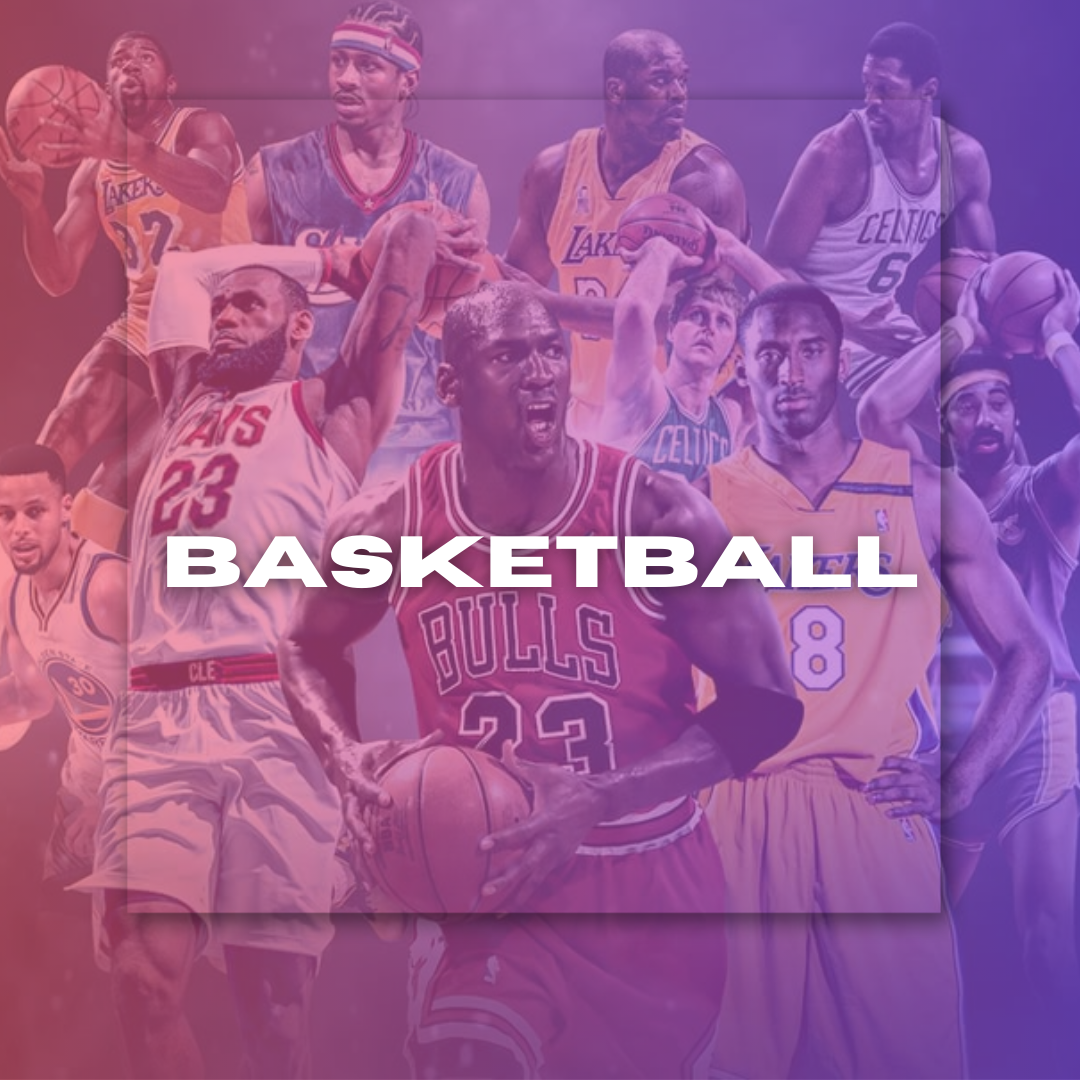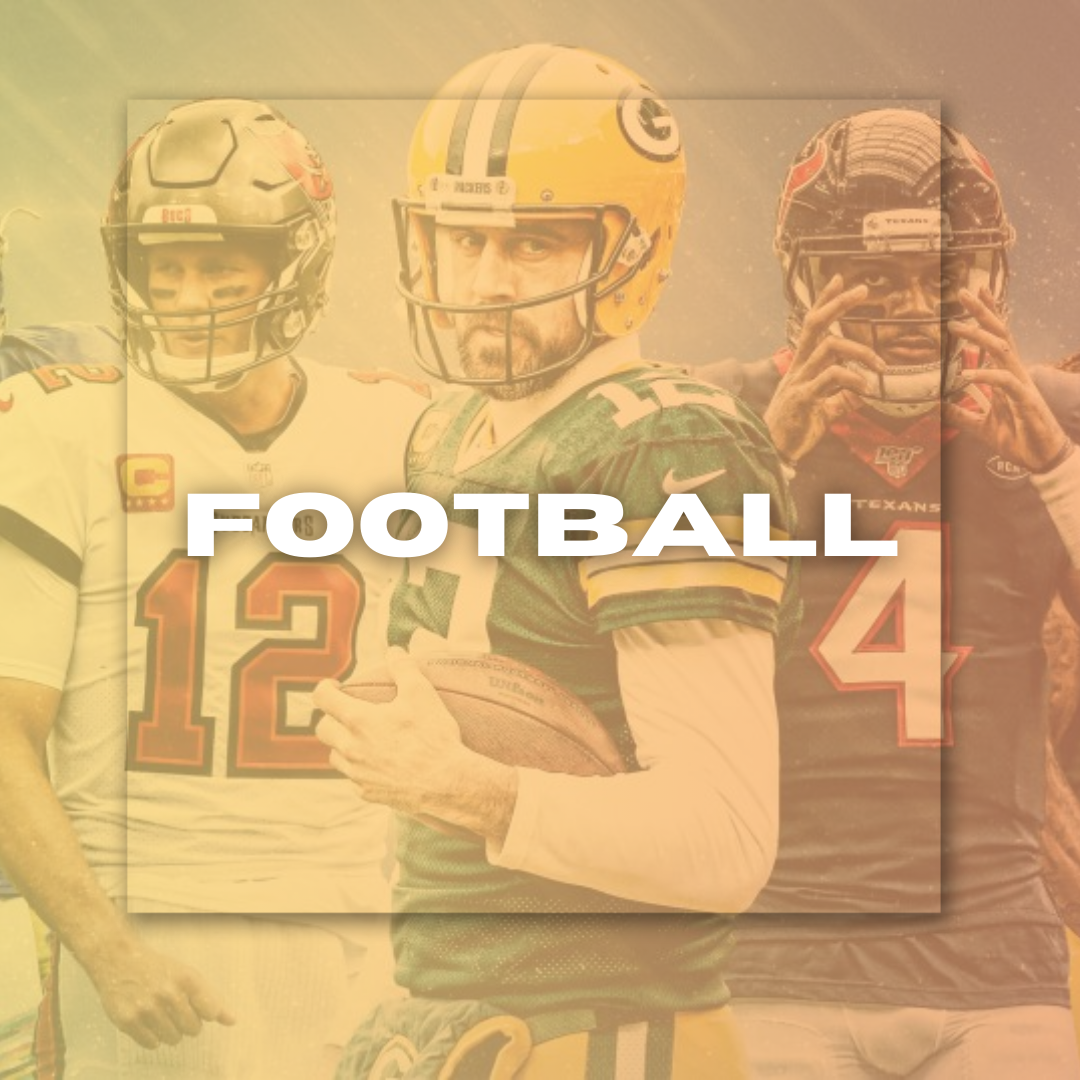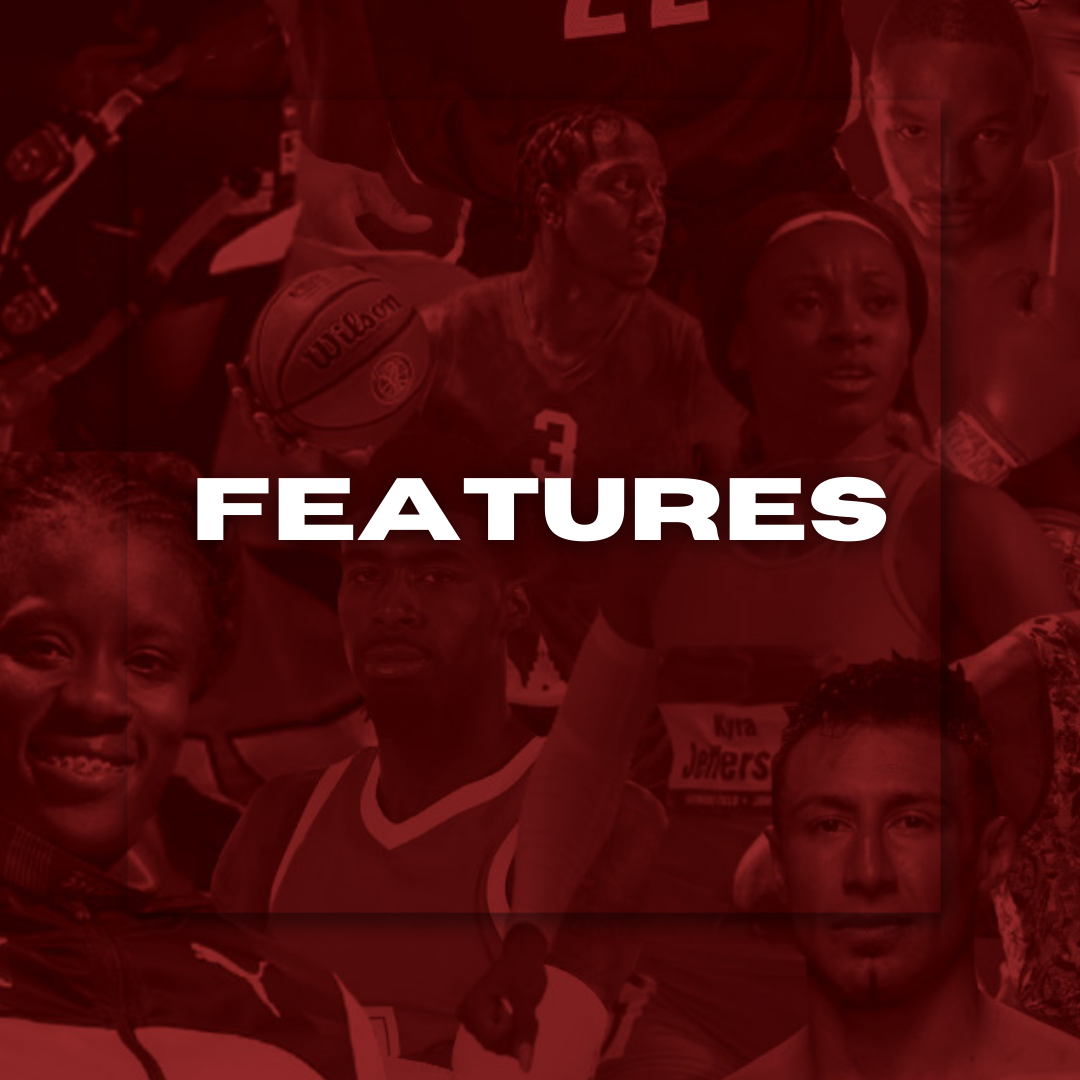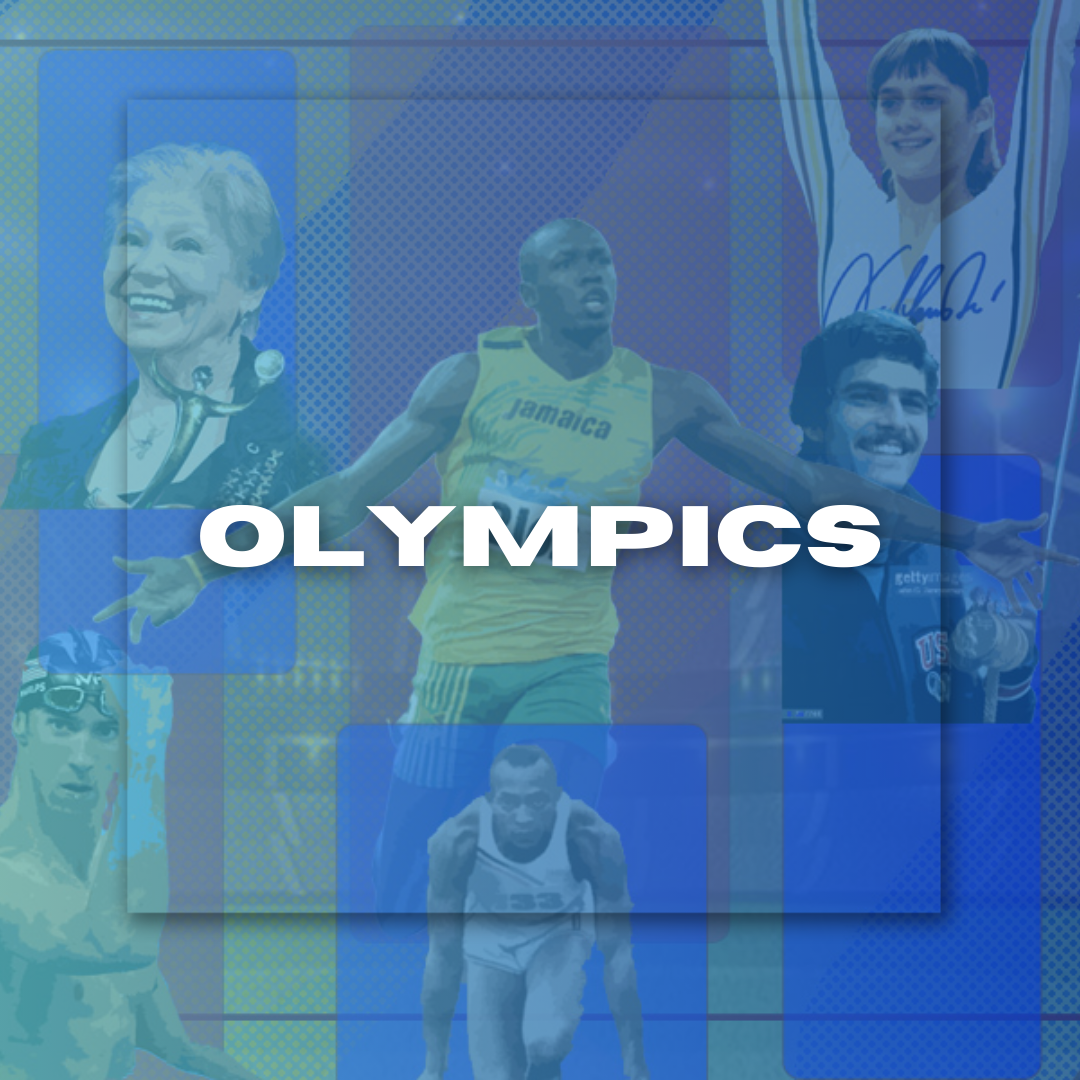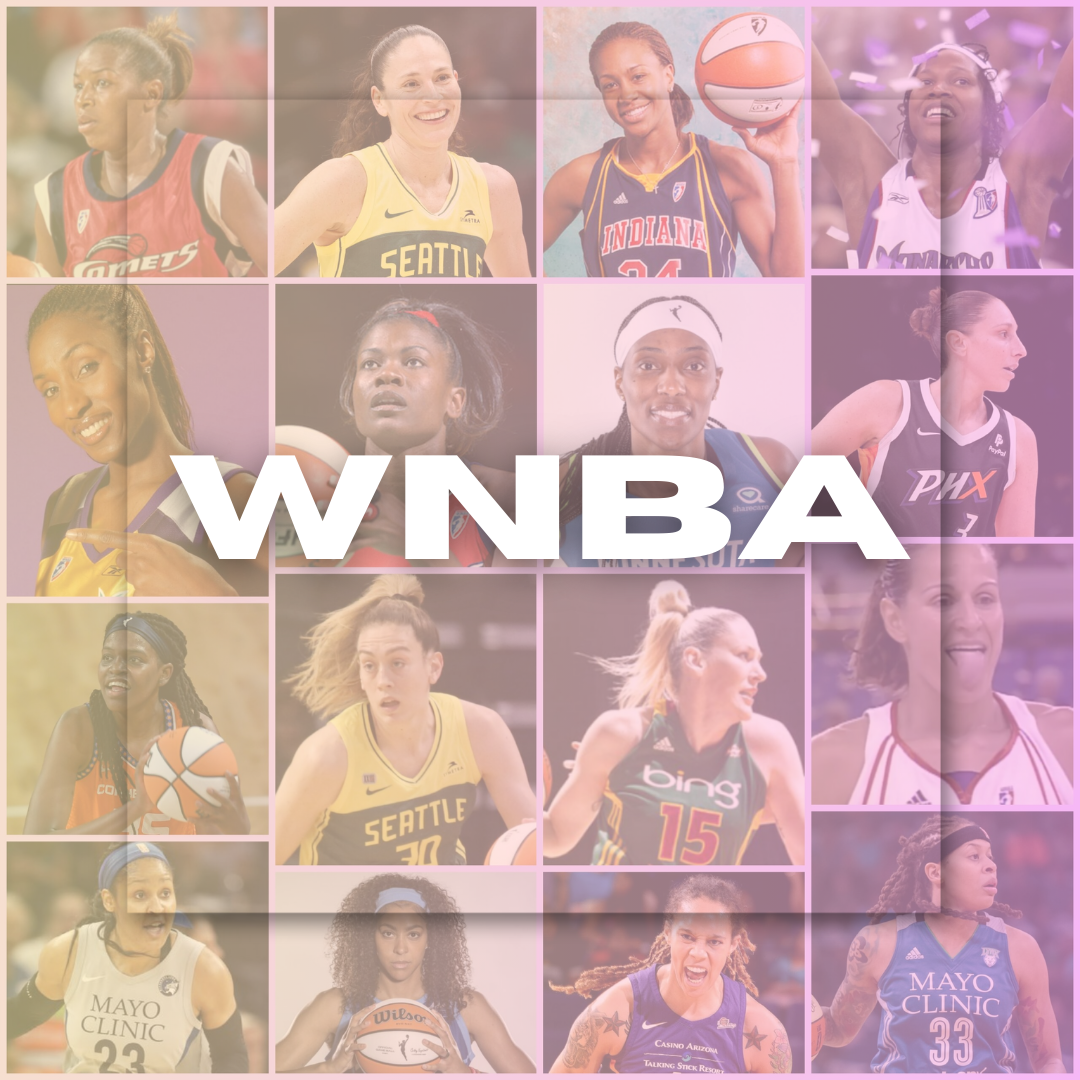Since its introduction in 2018, the NCAA transfer portal has revolutionized college sports, transforming the landscape into what many now call the “Wild West” of athlete movement. With more than 25% of all FBS scholarship football players entering the portal annually—a figure that topped 3,000 in recent cycles—the portal’s impact is undeniable. While it has empowered athletes and created new opportunities, it has also ushered in a host of challenges for programs, coaches, and the athletes themselves.
Pros: Empowerment, Opportunity, and Immediate Impact
The most significant benefit of the transfer portal is the newfound autonomy it gives student-athletes. Gone are the days when players had to sit out a year after transferring; now, they can make moves that best suit their careers, both athletically and academically. “As soon as I entered the portal, my DMs started blowing up that night and it just kept going from there… Coming out of high school, I didn’t get that kind of attention,” one athlete recalled, highlighting the unprecedented exposure and recruitment opportunities the portal provides.
For athletes at larger programs struggling for playing time, the portal offers a chance to move to smaller schools and shine. Conversely, standout performers at smaller programs can seek bigger stages and better deals, especially with the rise of Name, Image, and Likeness (NIL) opportunities. Some athletes now report earning upwards of $100,000 through collective deals, with comprehensive packages that include parental travel stipends and marketing opportunities. As one agent put it, “We want guys who want more than the bag… it’s how do we build out your brand, monetize that and then put you in position to become the player you want to be”.
The portal has also had a measurable impact on team performance. Programs that effectively utilize transfers have seen dramatic improvements, often surpassing preseason expectations. For instance, the Indiana Hoosiers’ top-ranked transfer class—featuring Myles Rice, Oumar Ballo, and Kanaan Carlyle—has positioned them as serious contenders in 20252. In basketball, non-Power-6 schools with higher percentages of transfers on their rosters have seen a direct increase in average wins, leveling the playing field in many conferences.
Cons: Instability, Academic Disruption, and Competitive Imbalance
However, the transfer portal’s rapid growth has also brought significant drawbacks. The most immediate issue is roster instability. Coaches now face annual turnover rates exceeding 25%, forcing them to rebuild teams on the fly and spend more time recruiting current players than developing team chemistry4. At Ole Miss, for example, all but four starters on the 2024 football roster were acquired via transfer, a testament to the scale of change programs must manage.
Academic disruption is another major concern. Athletes often lose 60-70% of their credits when transferring, potentially extending their time to graduation by one to two years4. Former quarterback JT Daniels’ journey across four schools in six years is a cautionary tale, as most of his credits failed to transfer, complicating his academic progress.
The portal has also widened the financial gap between programs. Larger schools with established NIL collectives can offer six-figure monthly stipends, while smaller programs struggle to keep up, effectively becoming feeder systems for the Power Five. Tennessee, for instance, recently introduced a 10% talent fee on season tickets to fund athlete compensation, while some schools now allocate over $20 million annually for NIL deals.
Finally, the rise of tampering and early contact—where programs communicate with athletes before they officially enter the portal—has created a shadow system reminiscent of NFL free agency, but without the regulatory oversight.
Conclusion: Finding the Balance
The transfer portal has undeniably created new opportunities for student-athletes and injected fresh excitement into college sports. Yet, as Georgia coach Kirby Smart observed, “We’re moving into this abyss of the unknown". The challenge for college athletics moving forward is clear: strike a balance between player empowerment and program stability, ensuring that both athletes and institutions can thrive in this new era.






















































